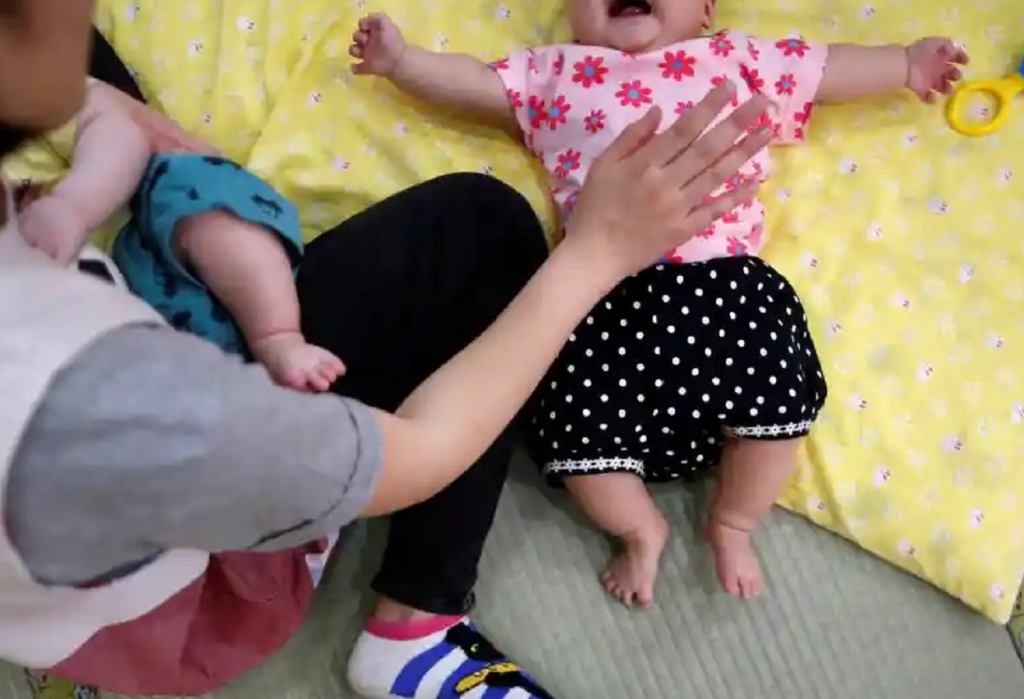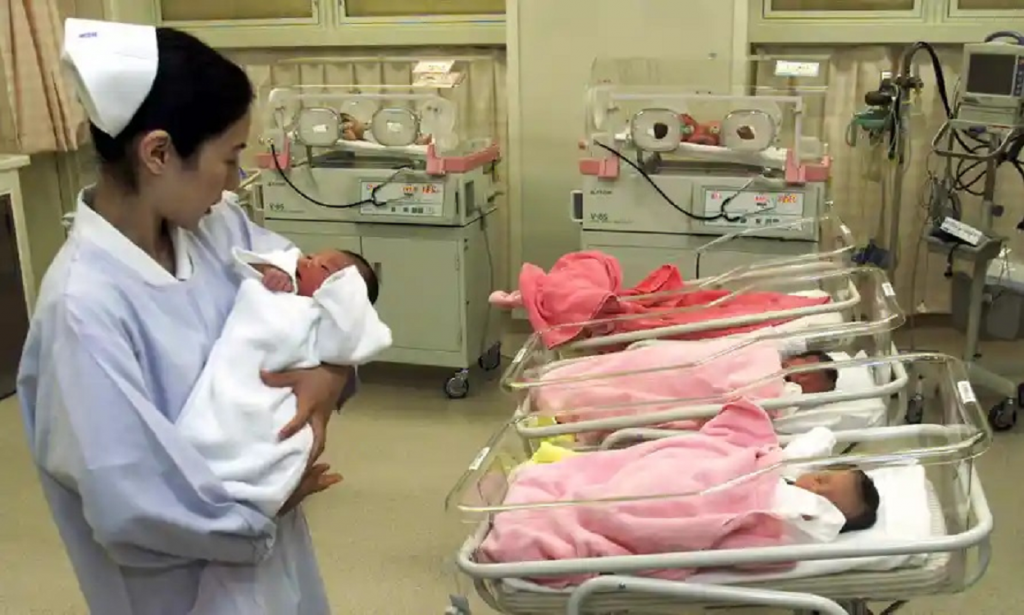
Japan’s new prime minister, Yoshihide Suga, has given hope to couples struggling to conceive with a pledge to cover expensive fertility treatments with health insurance, but experts warn the change will do little to avert a demographic crisis.
Suga, who took office in September, identified depopulation as a major challenge for Japan during his campaign to succeed Shinzo Abe as PM and repeated his determination to tackle the low birth rate during his first policy speech in parliament.
“To support households that want to have children we will make infertility treatment applicable to insurance,” he said.

Infertility is not officially recognised as a disease in Japan, so the treatment has been available only in private hospitals or clinics. Where the treatment is very expensive, Couples pay several hundred thousand yen- equivalent to thousands of dollars-for a single treatment, with a significant number paying millions of yen over several years for multiple IVF cycles. With health insurance they would pay 30% of all costs. Despite a series of government initiatives to encourage couples to have bigger families.
Japan’s birth rate remains drastically low. The number of newborns fell below 1 million for the first time in 2016 and to a record low of 865,000 in 2019. Experts predict this year’s total will be even lower.
In response Suga wants to bring in-vitro fertilisation (IVF) and other fertility treatments into the national health insurance system, possibly in 2022, and to increase subsidies in the meantime.
Japan’s fertility rate – the average number of children a woman has during her lifetime – stood at 1.36 last year, well below the 2.1 needed to keep the population stable. The government aims to raise the rate to 1.8 and has identified cheaper access to IVF as a potential solution.
But if the trend continues Japan’s population, currently at 126 million, is forecast to fall below 100 million in 2053, and to just over 88 million in 2065, when more than 38% of the population will be aged 65 or over, according to a study by the National Institute of Population and Social Security Research.
Local authorities offer reimbursements of up to ¥1.05m to couples with a combined income of less than ¥7.3m a year although few stay with the process long enough to receive the full amount. In addition many of the couples seeking treatment are in their late 30s and exceed the income threshold.
Fertility treatment has become a popular option in Japan despite the cost and disruption of regular clinic visits, IVF is popular among the women who choose to marry and have children later in life since Japan registered its first birth via IVF in 1983. In 2018 a record 57,000 babies – or one in 16– were born using the process.
Osamu Ishihara, a professor in the department of obstetrics and gynaecology at Saitama Medical University, welcomed Suga’s plan but doubted it would have much impact. “I’m afraid I don’t think it will work,” he said, citing South Korea where the birth rate has continued to fall to record lows since more infertility treatments were covered by national health insurance in 2017. “There is no simple explanation for the low birth rate, it’s a combination of complex issues in Japanese society.”
Experts say the change will do little to address the low birth rate unless it is accompanied by a cultural shift that makes it easier for women to combine work and family life, and for working men to spend more time at home helping to raise their children.
“Covering fertility treatment with health insurance will help a little, but that alone will not be enough to lift the birth rate,” said Ishihara, adding that gender inequality was also a factor in the availability of sexual health services.
“Treatments for men are quickly introduced but women are at a huge disadvantage. In the UK treatments for all aspects of women’s reproductive health are available for free on the NHS, but in Japan they have to pay for everything from contraception to abortion.”
News Resource – theguardian.com, November 6, 2020